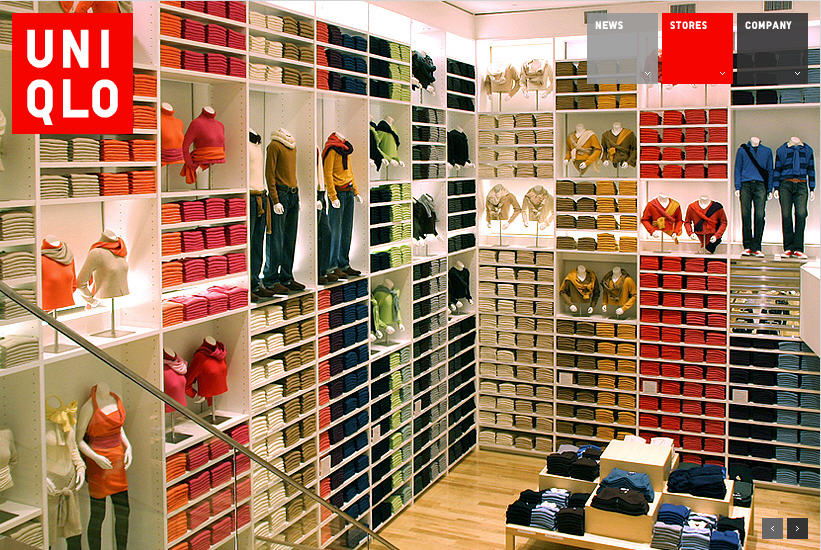
In recent decades, the ethical and unethical practices companies use to achieve their profit goals have been hot topics of discussion. With a raging consumer culture, it is not surprising to see retail giants resorting to controversial methods of production to respond to our wants of cheap clothes.
A notable case would be that of the internationally successful fashion chain Gap, founded in 1969. The social consequences of their remarkable profit came to attention and were addressed in 2004 after being harshly criticized for their involvement in child labour.
They publicly announced bold policies designed to rid their production processes of child labour unethical practices and have since been making efforts to brand their name as a company that highly values social responsibility. In 2007 they even launched their collection of Product Red, a charity with purposes to fight aids in third world countries.
As a consumer, I find that I am much willing to enter a store of a brand that I know has claimed to have a commitment to their role as a global citizen.
Despite Gap’s many efforts, recent investigations have found that their contractors have been taking advantage of their imperfect policies. Thus, children as young as 10, from poverty-stricken families, are working in devastating conditions to sew together the clothes we buy at cheap prices from a local Gap store.
“Gap Incorporated has a rigorous factory-monitoring programme in place and last year we revoked our approval of 23 factories for failing to comply with our standards,” announces a Gap spokesperson.
Yet, the sources in which retail giants like Gap go to achieve competitive prices are questionable. It has been acknowledged that India is not free of guilt when it comes to child labour. “The reality is that most major retail firms are in the same game, cutting costs and not considering the consequences. They should know by now what outsourcing to India means,” says the Delhi lawyer and child labour activist, Bhuwan Ribhu.
Such consequences suffered by disadvantaged workers in third world and developing coutries can be directly connected to consumer demands of cheap clothing and ignorant habits. Also directly connected would be the factor of aggression believed to be necessary to a business’ success in a competitive world.
We as consumers live comfortably day to day, yet when we do come aware of the atrocities occurring in other parts of the world, how should we respond? If this is the result of companies responding to our wants, how responsible are we? Is there much hope to solve these issues when they have become so rooted into such a large and crucial system?
And to hit even closer to home, as aspiring business leaders, what will our decisions be? How can we assure that we value our social responsibility enough to reject unethical proposals that promise great revenue? How can we educate and learn from the consumer public and other stakeholders so that together, our interests form a synergy without negative side effects?












